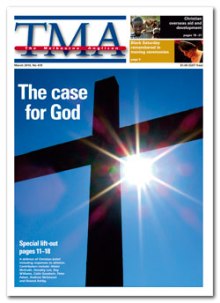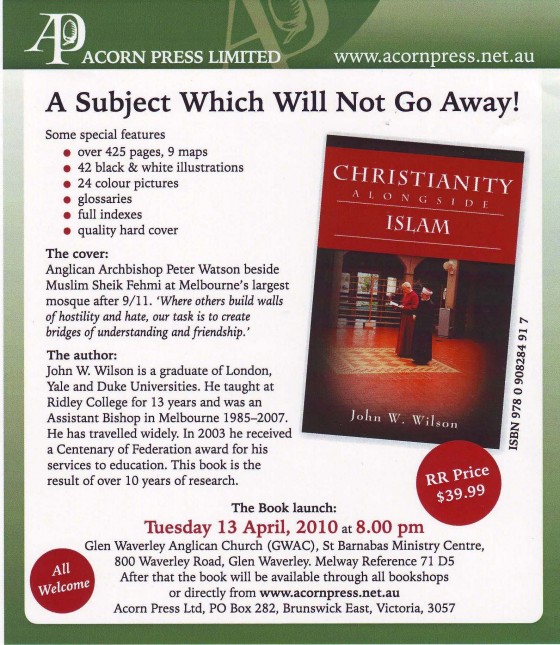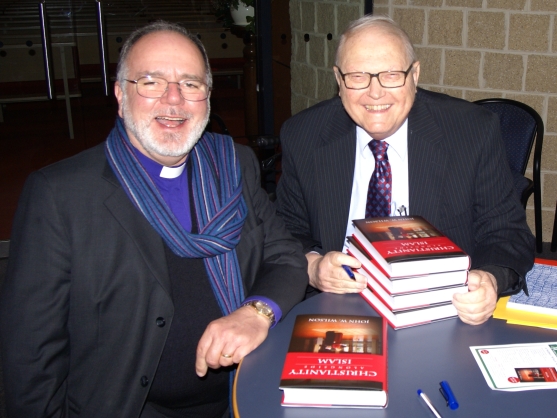I am pleased that feminist writers are picking up on the destructive effects of our hypersexual culture on the well-being of girls. At the same time I cannot help but lament the lateness of the protest.
Two feminist writers have realised the negative effects of our commercialised culture of sex without love through becoming mothers. The nurturing of life has produced a radical rethink of so called “raunch” culture.
Take for example Mia Freedman, in Rosemary Neill’s Feminists in anti-raunch culture revolt,
A DECADE ago, Mia Freedman was one of the country’s most powerful and provocative magazine editors. As editor-in-chief of Cosmopolitan, Cleo and Dolly, she chased circulation gains with sexually explicit “sealed sections”.
Today, at 38, Freedman is deeply concerned about the harmful effects on children of what feminists have dubbed “hypersexual” or “raunch” culture.
The former glossies queen and high-profile blogger says: “It is becoming more prevalent, this hypersexualisation, and this idea of raunch being OK and normal.
Also Natasha Walter, British author, in her book Living Dolls, which is reported by Neill in an incisive article Valley of the Dolls,
In Living Dolls, released here this month, Walter argues that while women today have more opportunities than did previous generations, they are stymied by a culture that idealises an exaggerated femininity among young girls and a porn-star style sexuality, coupled with punishingly narrow physical ideals, among teenagers and young women. “For this generation of young women, being sexy has become an almost constant imperative, seen throughout the advertisements, music, television programs, films and magazines that surround them,” she warns.
Moreover, Walter contends that as this “hypersexual” culture became entrenched – aided and abetted by the mainstreaming of porn and sex industry innovations such as G-strings and pole dancing – dissent evaporated: along with many others, feminists failed to speak out. She writes: “We now live in a world in which even many feminists have stopped trying to condemn pornography. This has been a huge turnaround in feminist thought … the muffling of dissent about porn has coincided with a time in which porn has massively expanded.”
The dollars are not always built on sense; empowerment is disfigured by exploitation. Rosemary Neill continues,
Walter found no shortage of evidence to support her thesis that the values of the sex industry and mainstream sex culture are merging, and being falsely sold to young women as a form of empowerment. Extreme and violent forms of pornography are becoming more common online, . . . Most disturbing, perhaps, is the effect of this overtly sexualised culture on children. Walter finds that sexual bullying is increasing in schools and she quotes Canadian research that suggests the vast majority of 13 and 14-year-olds had viewed pornography, mostly over the net. “The voyeur’s view of sex has been normalised, even for children,” she writes, concluding that “this massive colonisation of teenagers’ erotic life by commercial pornographic materials is something that it is hard to feel sanguine about.”
The challenge for our Christian and wider communities is to nurture a culture of love and acceptance. This will be a culture of intimacy that promotes well-being for all people. Well-being is not dependant on physical ‘beauty’ let alone participation in an exploitive culture of sex without love and its attendant loss of true intimacy in relationship.
Living Dolls builds on other feminist critiques of popular culture’s distortions of female sexuality, notably Levy’s Female Chauvinist Pigs and Australian Emily Maguire’s Princesses & Pornstars. Walter says Levy’s book inspired hers, but she believes that dissent about the hypersexual culture has yet to infiltrate the mainstream.
Let’s be active in voicing our dissent at the sexualisation of children whether this distortion be labelled ‘hypersexualisation’, ‘raunch culture’ or anything else. Child sexualisation reduces and destroys the child and the community. It destroys our humanity.
See Kate Boughton’s insightful review Getting Real: Challenging the Sexualisation of Girls. And Will Briggs On Porn, Poor Parents and Chaperones.



